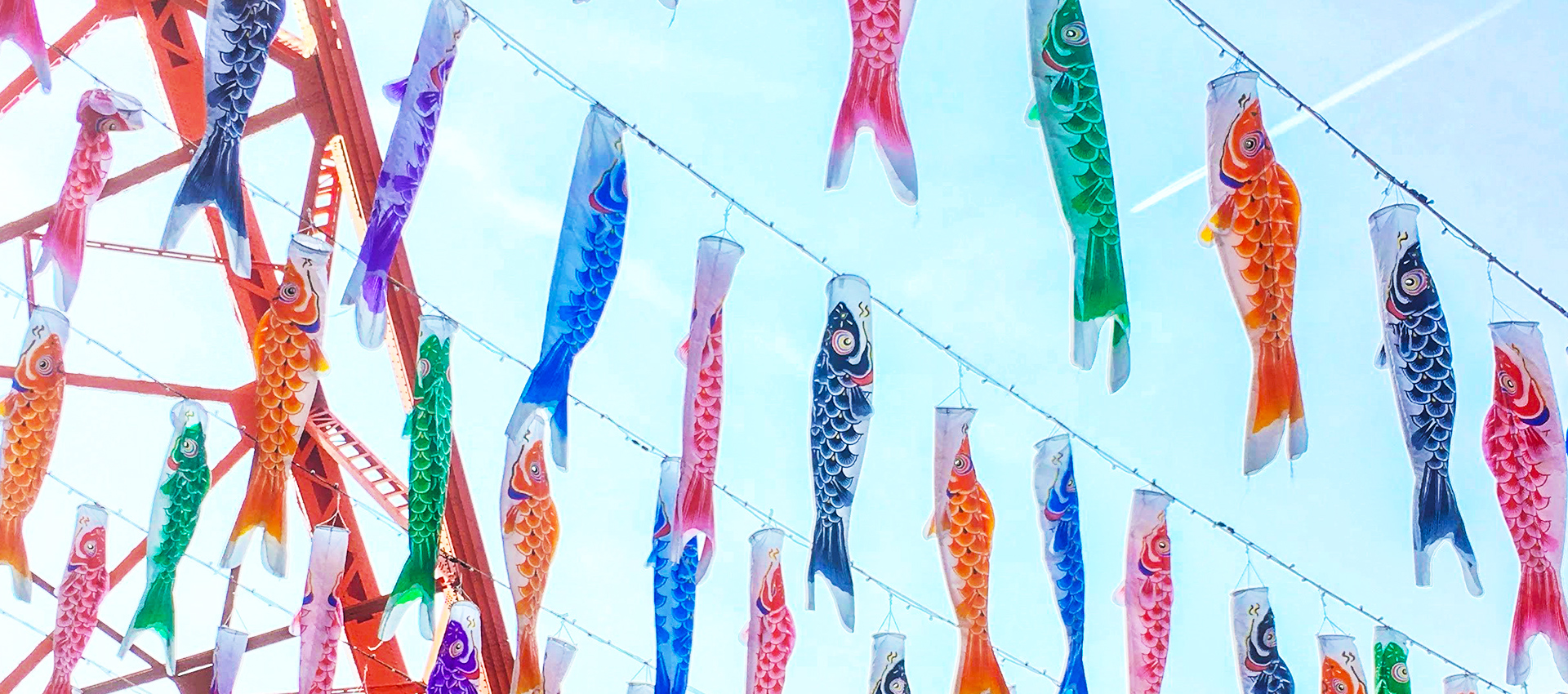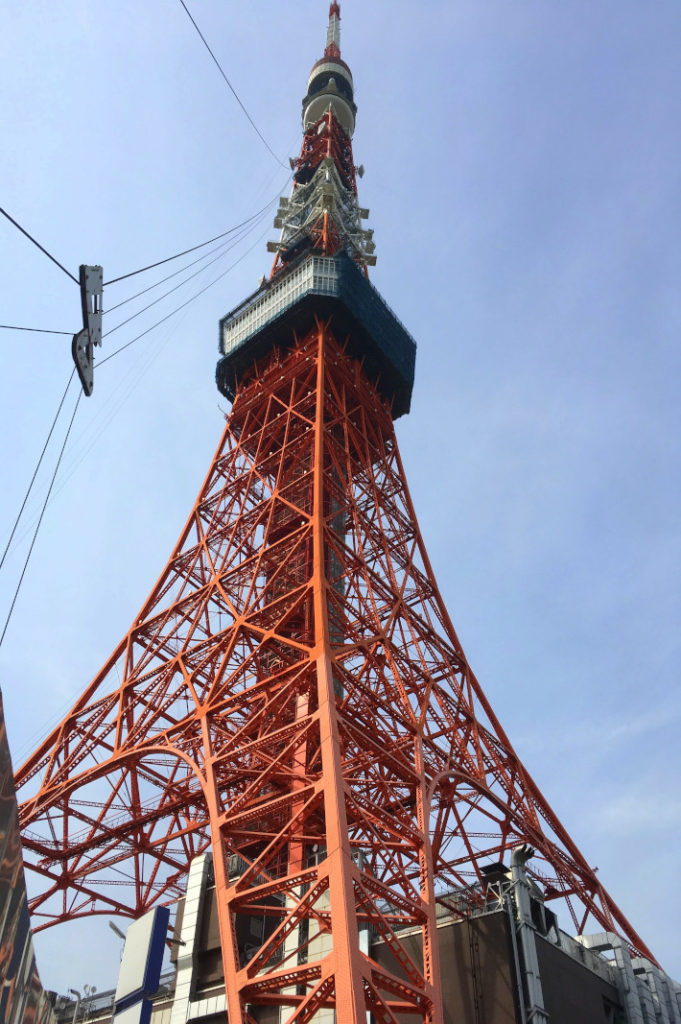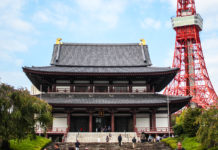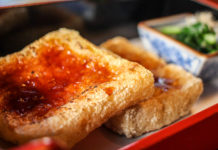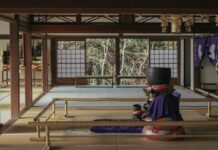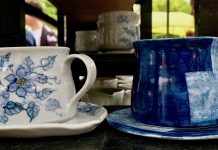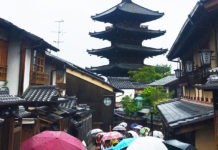Once spring hits, they’re nearly everywhere. Visitors to Japan will find long strands of fish flags hanging from balconies, strung up in public spaces, and even hoisted up in front of businesses. So, ah, what’s up with all of these fish flags? Well, what’s up is Children’s Day, Kodomo no Hi, a public holiday celebrated each year on the 5th of May. And the Japanese fish flags? They’re called Koinobori. Intended to resemble carp, they’re a hallmark of the holiday.

The Origins of Children’s Day
Celebrating the double fifth—the fifth day of the fifth month—traces its origins to ancient China. However, Japan has been throwing its own double-fifth celebrations for hundreds and hundreds of years. In Japan, the holiday was originally known as Tango no Sekku (Boy’s Day). It formed a pair with Hinamatsuri (Girl’s Day), which is celebrated on the double third. However, only the double fifth is an official public holiday. Over time, Tango no Sekku expanded to incorporate good wishes for both boys and girls, and the holiday’s name officially changed to Kodomo no hi (Children’s Day) in 1948. That said, many in Japan still casually refer to the holiday as Boy’s Day.
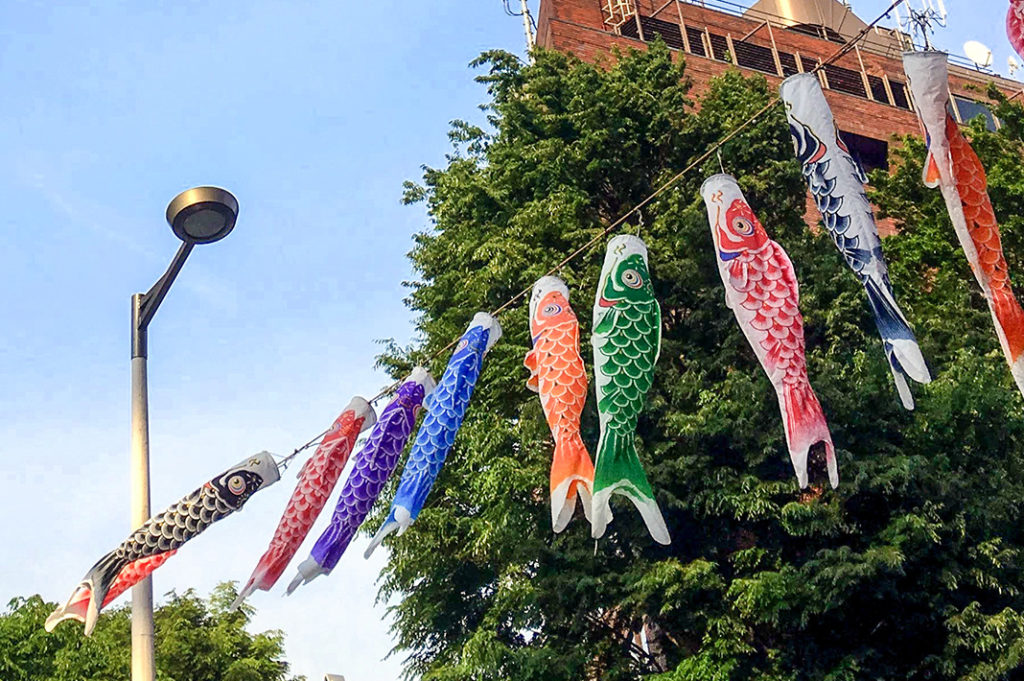
Japanese Fish Flags: Koinobori
The fish flags owe their origins to China as well. They stem from an ancient Chinese legend about a carp who—after ascending an arduous stream up to heaven’s gates—transforms into a dragon. The flags are a symbol of each family’s hope that their children will exhibit the same fierce determination, vigour, and success. The colours of Japanese fish flags correspond to each member of the family. The largest fish in the strand, the black one, is the father’s, and the red one is the mother’s. The blue carp symbolises the eldest child and the varying colours that ensue belong to the younger children in the family. The end result is countless, adorable strands of fish families strung up across the entire country.
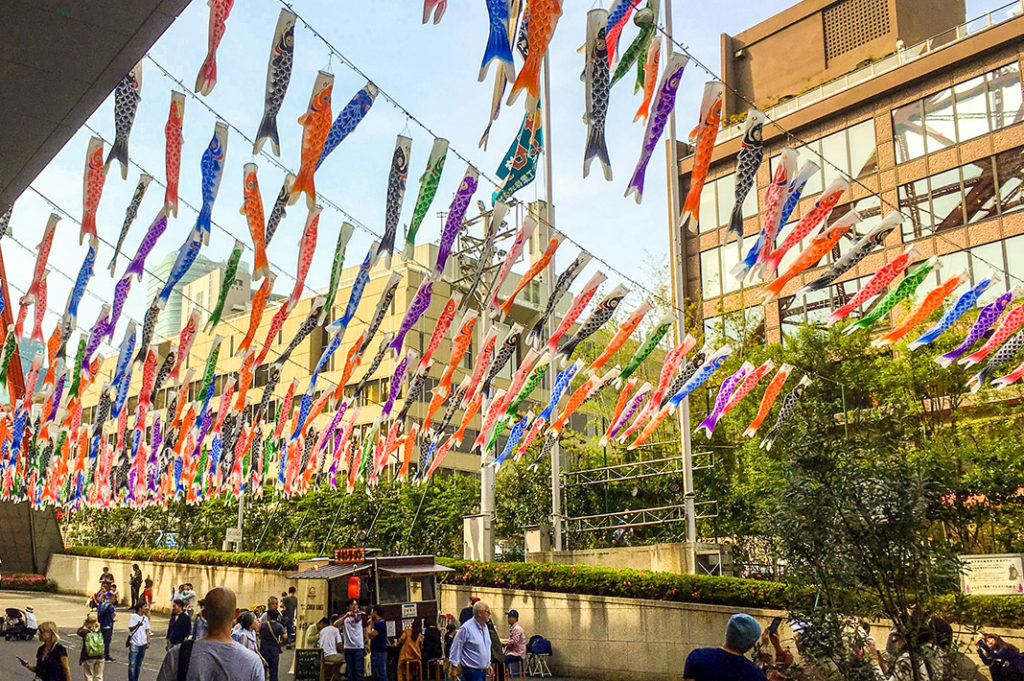
Other Hallmarks of Children’s Day
While Japanese fish flags are by far the most easily recognizable trapping of the holiday, there’s a host of other symbols and traditions associated with it. A tradition that sprung from the warrior class was to display military symbols, such as samurai armour and weapons, inside of the home. In addition to full-scale pieces, dolls adorned with miniature versions were also placed inside of the home. These pieces inspire strength and courage in the family’s children, in addition to protecting them. These days, it’s popular to own miniaturized versions of samurai armour and weapons. In part, because it’s much easier to store them in modern apartments. Another modern twist: photos of the family’s sons dressed up as adorably fierce, miniature samurai.
Ancient Children’s Day Rituals & Where to See Japanese Fish Flags
One of the festival’s most ancient practices is related to the Japanese Iris, Shobu, which blooms in sync with the holiday. Strands of the flower were traditionally placed throughout the home in order to ward off evil, and its petals and leaves were added to special baths for the children. Additionally, the holiday includes some traditional treats—most notably, kashiwamochi. Sweet and sticky, the treat consists of traditional Japanese rice cakes cradled in oak leaves. Moreover, Children’s day is just one of the four holidays that make up Golden Week, a glorious full week of public holidays in May. During the week, many public spaces compete to display the most impressive displays of Japanese fish flags. Our personal tip—drop by Tokyo Tower to catch hundreds of these fish families floating on the breeze.

Where to See Koinobori: Tokyo Tower
Address: 4-2-8 Shibakoen, Minato City, Tokyo 105-0011, Japan
URL: https://www.tokyotower.co.jp/en.html
Post by: Japan Journeys



